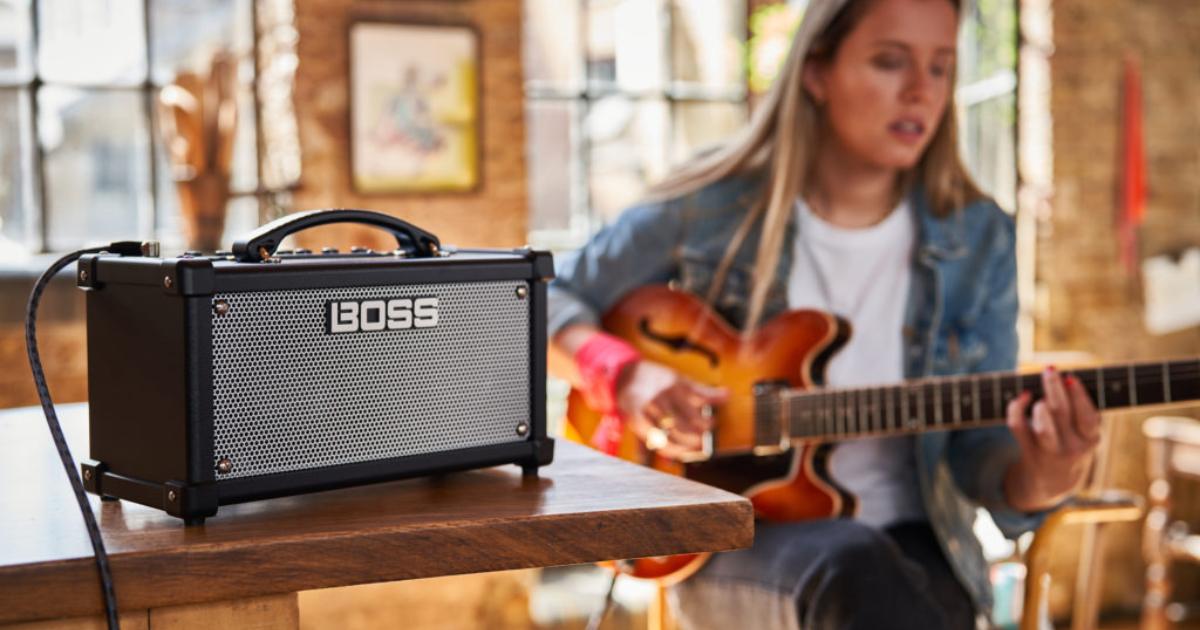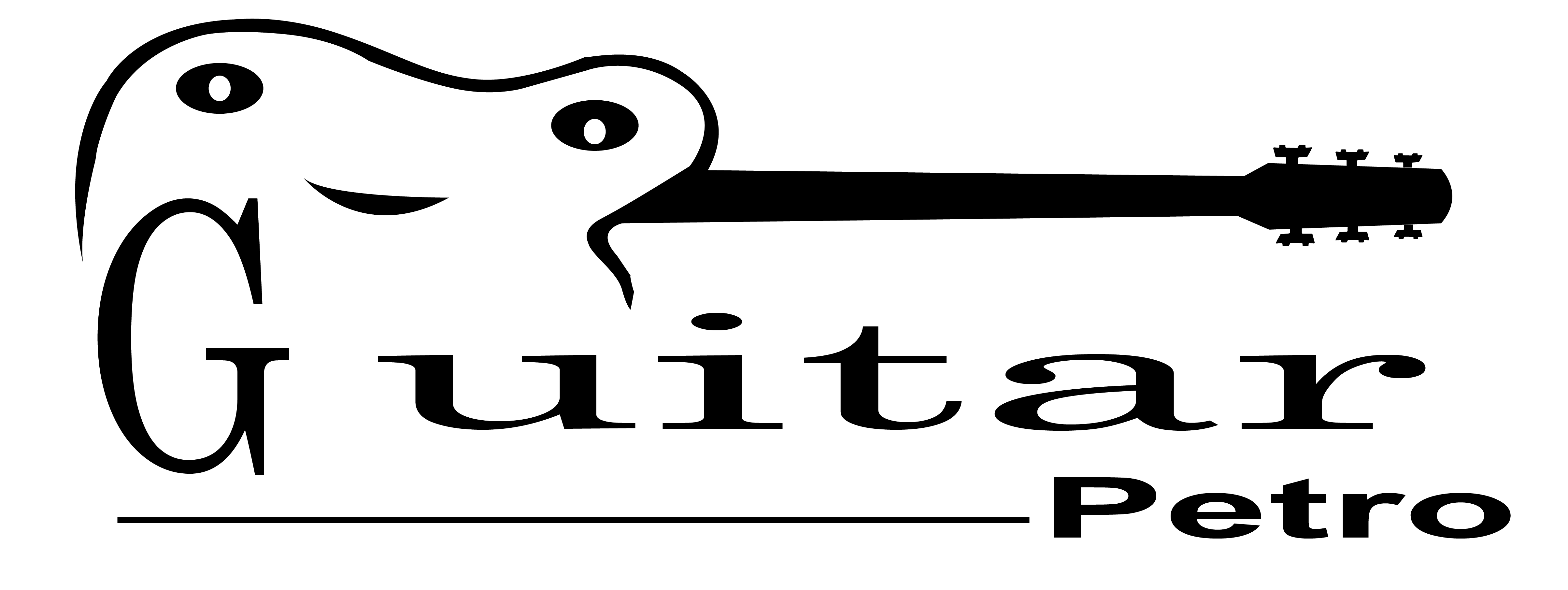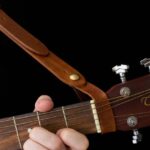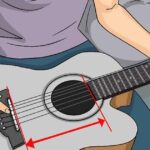Plugging an acoustic guitar into an electric amp is the act of connecting an acoustic guitar, which typically relies on a soundhole pickup or microphone to amplify its sound, to an amplifier originally designed for electric guitars. This connection allows the acoustic guitar to be heard at higher volumes and opens up possibilities for altering its sound through the electric amp’s settings.
Have you ever wondered if you can make your acoustic guitar roar like an electric one? The notion of plugging an acoustic guitar into an electric amplifier may initially sound like a strange idea. However, it’s a fascinating experiment that can open the door to a world of sonic exploration and creativity. Imagine the versatility and unique sounds you can achieve when combining the soulful, natural tones of an acoustic instrument with the electrifying power of an amp.
While it’s indeed possible to plug an acoustic guitar into an electric amp, it’s essential to approach this with caution and a clear understanding of the sound you aim to produce. This unconventional pairing offers a wide spectrum of tones, from the warm and organic sound of an acoustic guitar to the edgy, distorted crunch of an electric guitar. The result? A new dimension to your musical expression. Just remember to adjust your amp settings and experiment wisely to find the sweet spot that matches your musical vision.
What Is an Acoustic Guitar Amp?
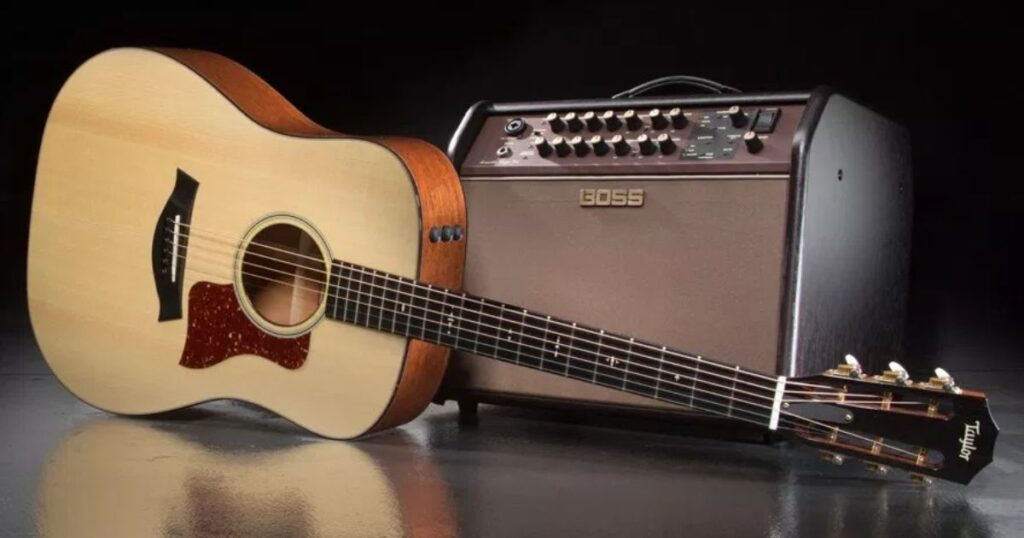
Before diving into the question of whether you can plug an acoustic guitar into an electric amp, let’s clarify what we mean by an acoustic guitar amp. An acoustic guitar amp is an amplifier specifically designed to amplify the natural, unaltered sound of an acoustic guitar. These amps are engineered to reproduce the tonal characteristics of acoustic guitars accurately, typically with a clean and transparent sound.
Can You Use an Electric Guitar Amp for Acoustic Guitars?
In short, yes, you can plug an acoustic guitar into an electric amp and amplify its sound, but there are several important considerations and potential drawbacks to keep in mind when you’re wondering, Can You Use An Acoustic Guitar With An Electric Amp? To make an informed decision, it’s crucial to understand the fundamental differences between acoustic and electric guitars and the unique requirements of each instrument when it comes to amplification.
Understanding the Difference Between Acoustic and Electric Guitars
To grasp why using an electric amp for an acoustic guitar might not always be ideal, we need to explore how these two types of guitars work and their inherent differences.
How Do Acoustic Guitars Work?
- Sound Production: Acoustic guitars generate sound through the vibration of the guitar’s soundboard (top) and the resonance of the hollow body. The strings transfer their vibrations to the soundboard, which acts as a speaker to project the sound.
- Tone: The tone of an acoustic guitar is heavily influenced by the guitar’s body shape, tonewoods, and the way the strings vibrate. Acoustic guitars have a warm, natural, and often mellow sound.
- Sound Pickup: Acoustic guitars use various types of pickups, such as piezo pickups, internal microphones, or soundhole pickups, to capture the instrument’s sound. These pickups are designed to preserve the acoustic guitar’s natural sound and nuances.
How Do Electric Guitars Work?
- Sound Production: Electric guitars have a solid body and do not rely on soundboard resonance. They use magnetic pickups (single-coil or humbucker) to convert string vibrations into electrical signals.
- Tone: Electric guitars offer a wide range of tones, influenced by factors like the pickups, amp settings, and effects. They can produce anything from clean and bright to heavy and distorted sounds.
- Sound Pickup: Electric guitar pickups are designed to emphasize and enhance the guitar’s electromagnetic signal, allowing for more tonal flexibility and manipulation.
Now that we’ve established the fundamental differences between acoustic and electric guitars, let’s explore the potential issues that can arise when you plug an acoustic guitar into an electric amp.
Potential Issues with Plugging an Acoustic Guitar into an Electric Amp
Tone and Sound Quality
When you decide to put nylon strings on an acoustic guitar and then connect it to an electric amp, the primary issue you’ll encounter is the alteration of your guitar’s tone and sound quality. Electric amps are optimized to color the sound, add distortion, and shape the tone to suit the needs of electric guitars. These alterations may not be desirable for acoustic guitars, as they can lead to a less natural and balanced sound.
Common tonal issues when using an electric amp with an acoustic guitar include:
- Lack of Warmth: Electric amps often lack the warmth and resonance needed to reproduce the natural sound of an acoustic guitar.
- Overemphasis of High Frequencies: Electric amps may accentuate the high frequencies, making the acoustic guitar sound too bright or harsh.
- Inadequate Bass Response: Acoustic guitars rely on their body to produce bass frequencies. Electric amps may not adequately reproduce these low-end frequencies.
Feedback
Another significant concern when plugging an acoustic guitar into an electric amp is the potential for feedback. Feedback occurs when the amplified sound from the amp is picked up by the guitar’s pickups or microphone and reintroduced into the system. This creates a loop of sound that can be loud, disruptive, and difficult to control.
Feedback is particularly problematic with acoustic guitars because their resonant bodies are more prone to this phenomenon. Acoustic guitar pickups, especially those using microphones or soundhole pickups, are highly sensitive and can easily pick up extraneous noise.
To mitigate feedback issues, you may need to invest in feedback suppression tools or use specialized techniques when playing through an electric amp. These solutions can be effective but may not completely eliminate the risk of feedback.
Impedance Mismatch
Impedance mismatch is another technical issue that can arise when connecting an acoustic guitar to an electric amp. refers to the electrical resistance encountered by the guitar’s signal as it travels through cables and interfaces. When the impedance of the guitar and the input of the amplifier do not match, it can result in signal loss and tone degradation.
Electric guitars and their corresponding amps are designed with matching impedance in mind, but this may not be the case for acoustic guitars and electric amps. Acoustic guitars typically have higher impedance due to their passive pickups or microphones, which may not pair well with the input stage of an electric amp. As a result, you could experience a loss of signal strength and clarity.
Damage to the Guitar
There is a risk of damaging your acoustic guitar when plugging it into an electric amp, although this is less common. The risk arises from the fact that electric amps are designed to handle higher signal levels and can produce substantial volume. If you inadvertently turn up the volume too high or apply excessive gain or distortion, you can put your acoustic guitar at risk of speaker damage or even structural damage.
To prevent potential damage to your acoustic guitar, it’s essential to exercise caution and not push the amp to its limits. Additionally, consider using a preamp or signal processor to manage the signal and avoid overdriving the amp.
How to Plug an Acoustic Guitar into an Electric Amp
If you’re determined to use an electric amp with your acoustic guitar, there are some strategies and equipment you can employ to overcome the aforementioned issues and achieve a better result.
Using a Preamplifier
A preamplifier, often referred to as a “preamp,” is a device that allows you to control and shape your guitar’s signal before it reaches the amplifier. Using a dedicated acoustic guitar preamp can address many of the tonal issues associated with plugging your acoustic into an electric amp.
A preamp offers the following benefits:
- Tone Shaping: A preamp typically includes EQ controls, allowing you to adjust the bass, midrange, and treble frequencies to better match your acoustic guitar’s tonal characteristics.
- Feedback Control: Many acoustic preamps come with feedback suppression features to help minimize feedback issues when playing through electric amps.
- Signal Boost: Preamps can provide an additional boost to your guitar’s signal, compensating for any impedance mismatch and ensuring a strong, clear sound.
To use a preamp with your acoustic guitar and electric amp, follow these steps:
- Connect your acoustic guitar to the preamp’s input jack.
- Connect the preamp’s output to the input of your electric amp.
- Adjust the preamp’s EQ and volume controls to achieve your desired sound.
- Use the feedback control features on the preamp to manage potential feedback issues.
Signal Processors and Effects
To further enhance your acoustic guitar’s sound when using an electric amp, you can incorporate signal processors and effects pedals into your setup. These devices can add depth and versatility to your sound, allowing you to experiment with different tones and textures. Some popular signal processors and effects for acoustic guitars include:
- Reverb: Reverb effects add a sense of space and depth to your sound, emulating the acoustics of various environments.
- Delay: Delay effects create echoes and reflections, adding a unique dimension to your acoustic guitar’s sound.
- Chorus: Chorus effects thicken and modulate the sound, creating a shimmering quality.
- Compression: Compression effects can even out your playing dynamics, providing a more consistent and controlled sound.
- EQ Pedals: External EQ pedals allow you to fine-tune your tone further, adjusting specific frequency bands as needed.
By incorporating these effects into your acoustic guitar setup, you can mitigate some of the tonal limitations of using an electric amp and create a more personalized and dynamic sound.
Choosing the Right Amp for Your Acoustic Guitar
While it is possible to use an electric guitar amp with your acoustic guitar, it’s essential to consider whether it’s the best choice for your musical goals. If you find that the tonal compromises and potential issues are limiting your creativity and sound quality, you might want to explore dedicated acoustic guitar amplifiers.
Acoustic Guitar Amps
Acoustic guitar amplifiers are designed to address the unique needs of acoustic instruments. They are engineered to reproduce the natural sound of acoustic guitars faithfully, with features like:
- Acoustic Preamps: These amps often come with built-in preamplifiers, allowing you to shape your tone and manage feedback effectively.
- Enhanced Speakers: Acoustic guitar amps may include specially designed speakers that deliver a broader frequency response and better bass projection.
- Onboard Effects: Some acoustic amps feature built-in effects like reverb and chorus, providing additional tonal flexibility.
- Multiple Channels: Many acoustic guitar amps offer multiple channels, allowing you to plug in multiple instruments or microphones simultaneously.
- Feedback Control: Acoustic amps often incorporate feedback suppression technology to reduce the risk of feedback.
When you choose an acoustic guitar amp, you’re opting for a dedicated solution that caters to the sonic characteristics of your instrument. This can result in a more natural and satisfying acoustic guitar amplification experience.
Comparing Acoustic and Electric Guitar Amps
| Aspect | Acoustic Guitar Amps | Electric Guitar Amps |
| Sound Character | Optimized for natural acoustic sound. | Designed for altered electric guitar tones. |
| Feedback Control | Typically equipped with feedback suppression. | May require external feedback control tools. |
| Speaker Design | Specialized speakers for accurate reproduction. | General-purpose speakers. |
| Onboard Effects | Often include reverb, chorus, and other effects. | Known for a wide range of built-in effects. |
| Multiple Channels | Many amps have multiple channels for instruments or mics. | Fewer channels for simple instrument setups. |
| Impedance Match | Matched to the higher impedance of acoustic pickups. | Matched to the lower impedance of electric pickups. |
Acoustic Guitar Amp vs. Electric Guitar Amp
To summarize, here are some key differences between using an acoustic guitar amp and an electric guitar amp:
Acoustic Guitar Amp
- Optimized for the natural, unaltered sound of acoustic guitars.
- Typically includes feedback control features and EQ options tailored to acoustic instruments.
- Specialized speakers designed for accurate acoustic reproduction.
- May offer onboard effects and multiple channels for a versatile setup.
- Reduced risk of feedback and damage to your guitar.
Electric Guitar Amp
- Designed for electric guitars, which have different tonal characteristics and requirements.
- May alter the acoustic guitar’s natural sound, potentially resulting in tonal compromises.
- Greater risk of feedback issues due to impedance mismatch.
- Can produce a wide range of effects and tonal variations when desired.
- May require additional equipment like a preamp to achieve optimal results.
FAQs
Can I plug my acoustic guitar into an electric amp?
Yes, you can. But be mindful of the volume and tone adjustments, and consider using an acoustic preamp for better results.
Will plugging my acoustic guitar into an electric amp damage it?
It’s generally safe as long as you don’t crank up the volume too high. Use a quality shielded cable to minimize interference.
Can I get an electric guitar sound from my acoustic by using an electric amp?
To some extent, yes. However, an acoustic guitar’s sound won’t fully replicate an electric guitar due to different pickup systems and body designs.
Conclusion
plugging an acoustic guitar into an electric amp can be an exciting musical experiment, offering you a chance to explore a wide range of sounds. While it’s possible and generally safe to do so, a few key points should be remembered. Firstly, use caution with volume levels to prevent damaging your guitar’s delicate components. Secondly, adjusting the amp’s settings is essential to achieve the desired tone, ranging from natural acoustic warmth to edgy electric crunch.
Furthermore, while this combination opens up new possibilities, it’s important to understand that your acoustic guitar won’t entirely transform into an electric guitar. The intrinsic characteristics of the acoustic guitar, such as its body and pickup system, will influence the final sound. In essence, plugging your acoustic guitar into an electric amp can be a fun way to experiment with your music and create unique tones, offering a fusion of acoustic and electric elements. Just remember to use good judgment, respect your instrument, and embrace the journey of sonic exploration with an open mind and ear.
